Epilepsy aid uses wearable sensors to predict seizures and call for help
This wearable design concept helps epilepsy sufferers manage symptoms, predict potential seizures and alert passersby or loved ones when having a fit (+ slideshow).
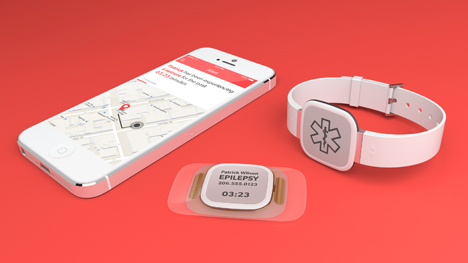
The Dialog device, developed by American technology company Artefact, would use a wearable sensor and an iPhone app to help monitor patients' vital signs and keep a log of conditions leading up to, during, and after a seizure.
"There are currently three million epilepsy sufferers in America, and it is the third most common neurological disorder after Alzheimer's and stroke," said Matthew Jordan, the project leader.
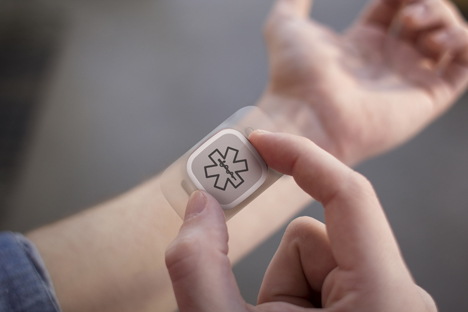
Current solutions, according to Artefact, only focus on detection, alert or journaling and don't address the whole experience of living with the condition.
The Dialog would deal with the problem by creating a digital network that connects the person living with epilepsy to caregivers, doctors, and members of the public who have installed the Dialog app with data and instructions on how to give assistance.
The user attaches a nodule to the skin, which can be done either using transparent adhesive paper or by wearing it in a bracket that looks like a watch.
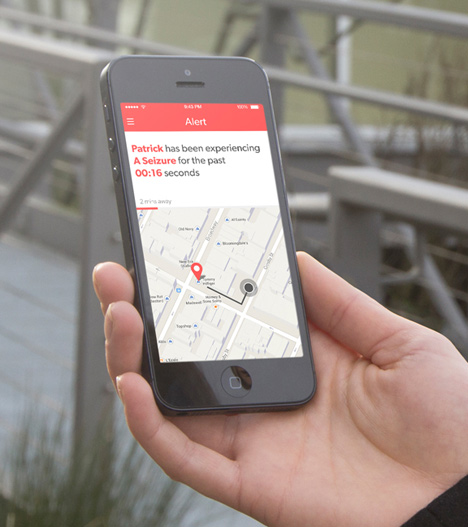
Using a series of sensors that monitors hydration, temperature, and heart rate, it gathers information on the wearer and stores the data on a smartphone.
Additionally, the sensor would prompt the wearer to take medication and record mood through the sensor's touchscreen, and logs information about local climate conditions that could increase the likelihood of a seizure.
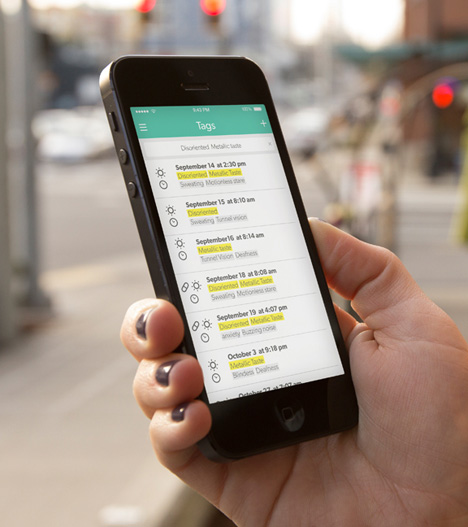
In the event of a fit, the wearer simply grasps the sensor, which alerts a caregiver and anyone within close proximity of the sufferer who has downloaded the app.
"It helps possible first responders be notified that a patient who is nearby is having a sustained seizure, directs the bystander to the patient, gives instructions on how to help the patient through the emergency, and affords a direct line of communication to the family caregiver," said Jordan.
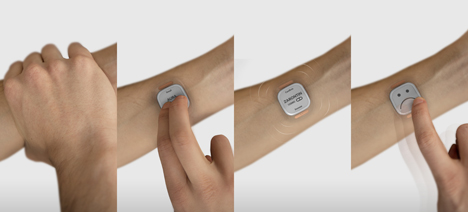
When the seizure ends, information about the length of the seizure, along with other contextual information, is displayed on the user's smartphone to help reorient themselves.
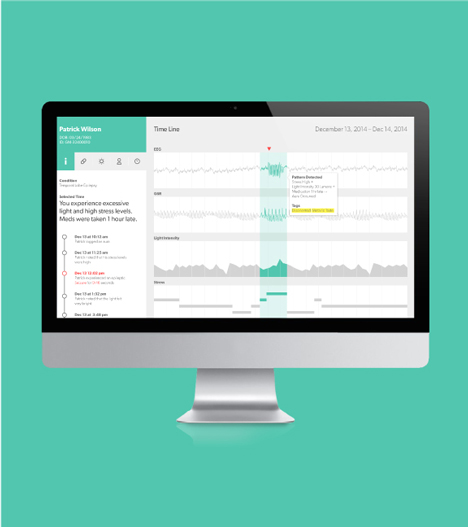
With the information generated by wearing the sensor, the app will then be able to learn what conditions or vital signs could indicate a potential seizure is imminent and alert all parties. It would also give time for the wearer to take preventative action.
A doctor can would be able to access all of the data generated by the app and make changes to medication or offer insights into causes and symptoms.
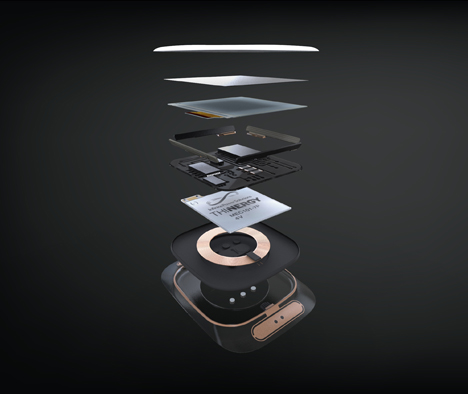
"At this point, the device is a concept, but we designed it with technologies and components in mind that are currently in development or being tested in labs and research centres," said Emilia Palaveeva, another member of the Dialog team.